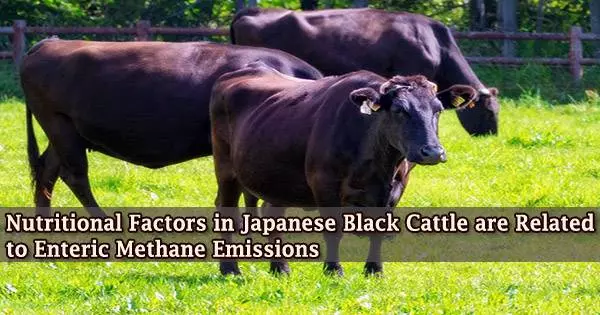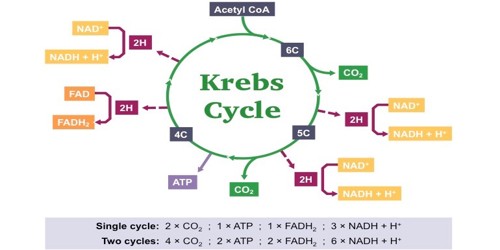In 2022, Japan’s agricultural industry generated 32.3 million tons of greenhouse gas emissions, or 2.8% of all emissions in the nation.
That comes from enteric fermentation in livestock to the tune of about 25%. Enteric methane is produced during the breakdown and fermentation of plant materials by grazing ruminants like cattle, sheep, and goats that get their nutrients from plant-based diets.
Researchers have been looking into methane-reducing feed additives and feeding management systems as a way to tackle this. But only some breeds and feeding situations are still affected.
We now know more about the metabolic and dietary traits connected to intestinal methane emissions in Japanese Black cattle thanks to a collaborative effort that used biomarkers. The study’s conclusions might provide researchers looking into methane reduction with additional avenues to explore.
Professor Sanggun Roh from Tohoku University’s Graduate School of Agricultural Science, working alongside the Hyogo Prefectural Technology Center of Agriculture, Forestry and Fisheries, used physiological parameters such as blood metabolites, hormones, amino acids, rumen fermentation, and liver transcriptomes to assess the relationship between methane emissions and metabolic and nutritional features.
Our results suggest that physiological differences and liver transcriptomes could be applied to monitor the levels of methane emissions from Japanese Black steers. We are hopeful the relationship in this study leads to new perspectives.
Professor Sanggun Roh
“We found cattle exhibiting high enteric methane to have a higher butyrate and lower propionate ratio,” Roh said.
Roh and his team also found that in steers with substantial methane concentrations, the concentration of amino acids reduced while the concentration of ketone bodies and insulin increased.
SERPINI2, RRAD, SLC7A5, and APT6 were among the genes associated with amino acid and glucose metabolism that were variably expressed in the liver and were either up- or down-regulated during the late fattening phase of feeding.
In order to replace the energy lost during methane production, cattle with high methane emissions actively used amino acids. This resulted in lower blood amino acid concentrations and higher blood insulin concentrations. This was accomplished without affecting the muscle growth and quality in the animals.
“Our results suggest that physiological differences and liver transcriptomes could be applied to monitor the levels of methane emissions from Japanese Black steers,” Roh added. “We are hopeful the relationship in this study leads to new perspectives.”
Details of the research were published in the journal Scientific Reports on July, 1, 2022.
















